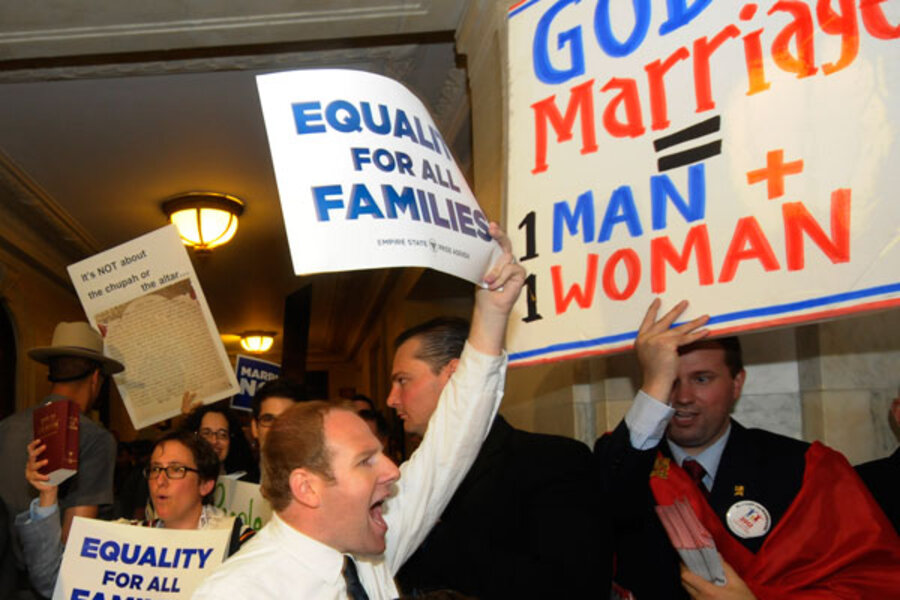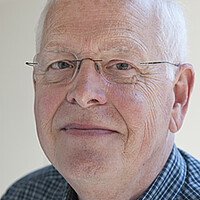Surprise! Red and blue districts often agree on government policy.
| WASHINGTON
A newly released study suggests that the gridlock and polarization so apparent in Washington is, to some degree, a political invention.
The study looked at 388 responses in various polls and found that, when it comes to what Americans think government should do, there is remarkably little difference between the views of people who live in Republican districts or states and those who live in Democratic districts or states.
The study looked at a wide variety of policy issues and found no political polarization on potentially thorny issues such as health care, immigration, Social Security, and the US role in the world, the study authors said.
There was sharp disagreement between residents of red (Republican) and blue (Democratic) areas on only 4 percent of the poll responses the study examined. These included gay and lesbian issues, abortion, and gun control.
But even on these divisive topics, there were areas where responses were not polarized by party. For example, while there was a sharp split on how those polled would vote on an amendment to bar gay marriage, majorities in both red and blue states said gays and lesbians should be allowed to serve openly in the military.
“Clearly the gridlock in Congress is not driven by the people,” said Steven Kull, director of the Program for Public Consultation (PPC), which is affiliated with the University of Maryland, in a statement. The study asserts that “the drivers may lie in other sources of influence on Congress.”
The conclusions in "A Not So Divided America" are based on a review of several dozen major polls. The study was conducted by the PPC and Voice of the People, a nonpartisan group that says it seeks to give voters a more effective role in policymaking.
The report comes less than a month after a comprehensive report on political polarization by the nonpartisan Pew Research Center for People & the Press. The Pew study found that “Republicans and Democrats are more divided along ideological lines – and partisan antipathy is deeper and more extensive – than at any point in the last two decades. These trends manifest themselves in myriad ways, both in politics and in everyday life."
But Pew also said that polarization was not uniform among Americans. “The majority do not have uniformly conservative or liberal views. Most do not see either party as a threat to the nation. And more believe their representatives in government should meet halfway to resolve contentious disputes rather than hold out for more of what they want.”
That tendency to want to meet half way could be seen in The Voice of the People/PPC findings on budget policy. In Congress, Republicans have refused to raise taxes to trim the federal deficit, while Democrats have pushed back against deep entitlement cuts. But when poll respondents were asked to make up their own federal budget, there were only small differences between red and blue districts. Majorities in both areas raised revenues and cut back on entitlements.







